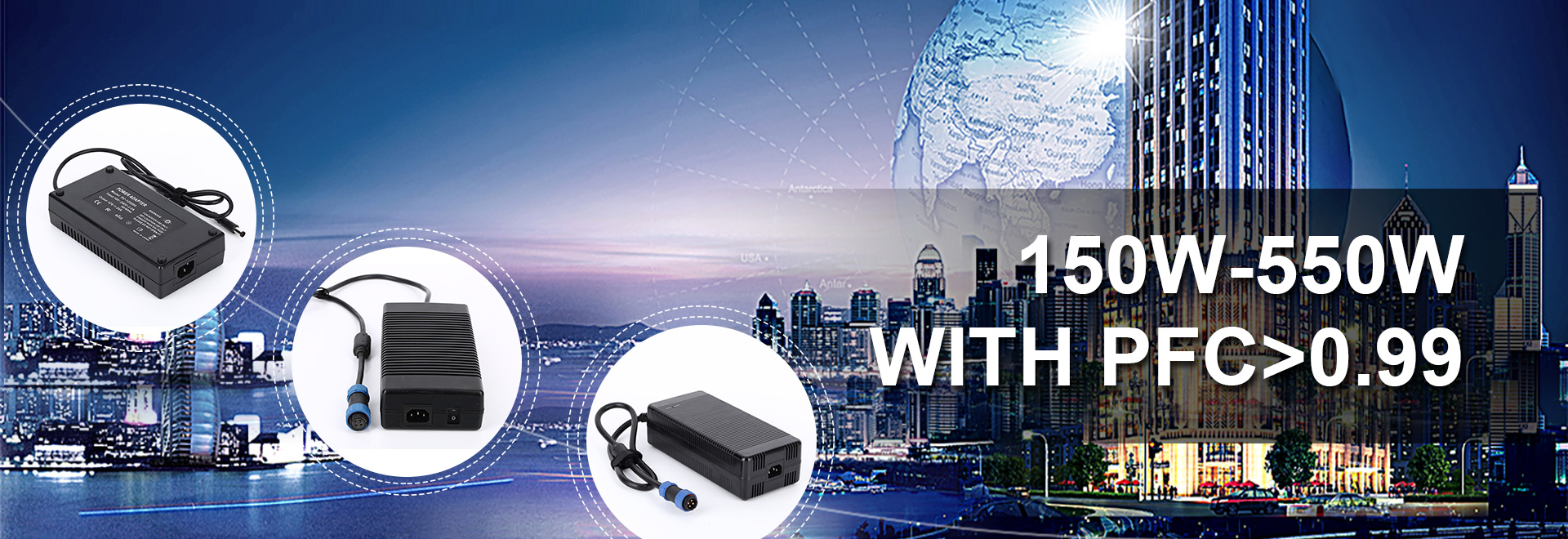First, what is the switching power supply
Switching power supply is the use of electronic switching devices (such as transistors, FETs, thyristors, etc.), through the control circuit, so that the electronic switching device is constantly "on" and "off", so that the electronic switching device The input voltage is pulse modulated to achieve DC/AC, DC/DC voltage conversion, and adjustable output voltage and auto-regulation.
Switching power supplies are relatively linear power supplies. The input terminal directly converts the alternating current into direct current, and then under the action of the high-frequency oscillation circuit, the switching tube is used to control the on and off of the current to form a high-frequency pulse current. With the help of an inductor (high-frequency transformer), a stable low-voltage direct current is output. Since the core size of the transformer is inversely proportional to the square of its operating frequency, the higher the frequency, the smaller the core. This greatly reduces the transformer and reduces the weight and volume of the power supply. And because it directly controls DC, this power supply is much more efficient than a linear power supply. This saves energy, so it is favored by people. However, it also has disadvantages, the switching power supply circuit is complicated, the maintenance is difficult, and the pollution to the circuit is serious. The power supply is noisy and is not suitable for use in some low noise circuits.
Linear power supply (Liner power supply) is the first current flows through the transformer to reduce the voltage amplitude, and then after the rectifying circuit, to give pulsed DC, the filtered DC voltage with a slight ripple voltage. To achieve high precision DC voltage, it must be regulated by a voltage regulator circuit.
Second, the working principle of the switching power supply
The working process of the switching power supply is easy to understand. In a linear power supply, the power transistor operates in a linear mode. Unlike a linear power supply, the PWM switching power supply allows the power transistor to operate in a turn-on and turn-off state. In both states, the volt-ampere product applied to the power transistor is small (low voltage, high current during turn-on; high voltage, low current when turned off) / volt-ampere product on the power device Losses generated on power semiconductor devices.
Compared with the linear power supply, the PWM switching power supply works more efficiently by [chopper", which is to convert the input DC voltage into a pulse voltage whose amplitude is equal to the input voltage amplitude.
Third, the advantages and disadvantages of switching power supply:
The main advantages of switching power supply: small size, light weight (20 to 30% of volume and weight of linear power supply), high efficiency (generally 60 to 70%, and linear power supply only 30 to 40%), strong anti-interference The output voltage range is wide and modular.
The main disadvantage of the switching power supply: due to the high frequency voltage generated in the inverter circuit, there is some interference to the surrounding equipment. Good shielding and grounding are required.
The alternating current is rectified to obtain direct current. However, due to changes in AC voltage and load current, the DC voltage obtained after rectification usually causes a voltage change of 20% to 40%. In order to obtain a stable DC voltage, a voltage regulator circuit must be used to achieve voltage regulation. According to different implementation methods, the regulated power supply can be divided into three types: linear regulated power supply, phase-controlled regulated power supply, and switching regulated power supply. Among them, switching power supply represents the development trend of low-carbon environmental protection and advanced power supply.
Fourth, the precautions when switching power supply selection
(1) Select the appropriate input voltage specifications;
(2) selecting an appropriate power. In order to increase the life of the power supply, a model with a maximum output power rating of 30% can be selected.
(3) Consider load characteristics. If the load is a motor, a light bulb or a capacitive load, the current is large when the power is turned on. A suitable power supply should be used to avoid overload. If the load is a motor, consider voltage backflow at shutdown.
(4) In addition, it is necessary to consider the working environment temperature of the power supply, and whether there is additional auxiliary heat dissipation equipment. In the case of excessively high temperature, the power supply needs to be derated. The derating curve of the ring temperature to the output power.
(5) Select each function according to the application:
Protection functions: over voltage protection (OVP), over temperature protection (OTP), overload protection (OLP), etc.
Application functions: signal function (normal power supply, power failure), remote control function, telemetry function, parallel function, etc.
Special features: power factor correction (PFC), uninterruptible power (UPS)
Select the required safety and electromagnetic compatibility (EMC) certification.




